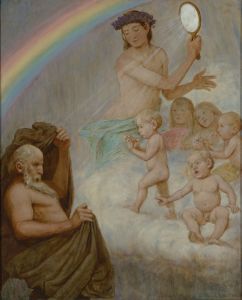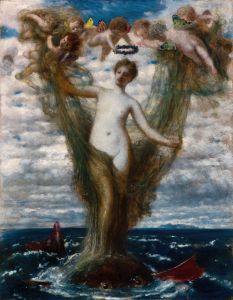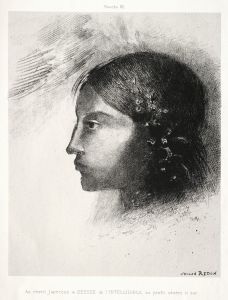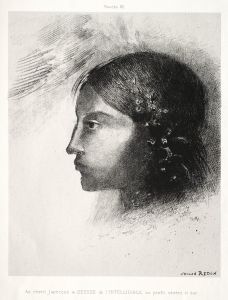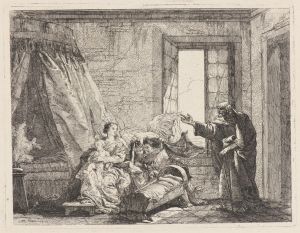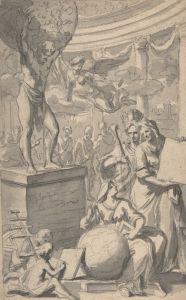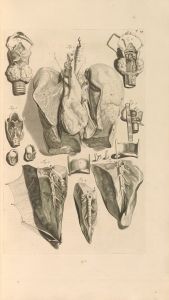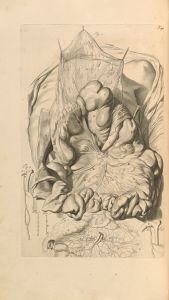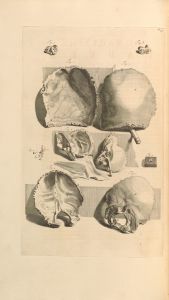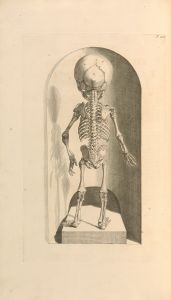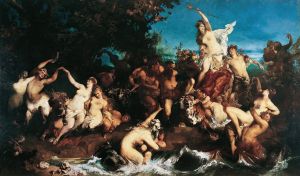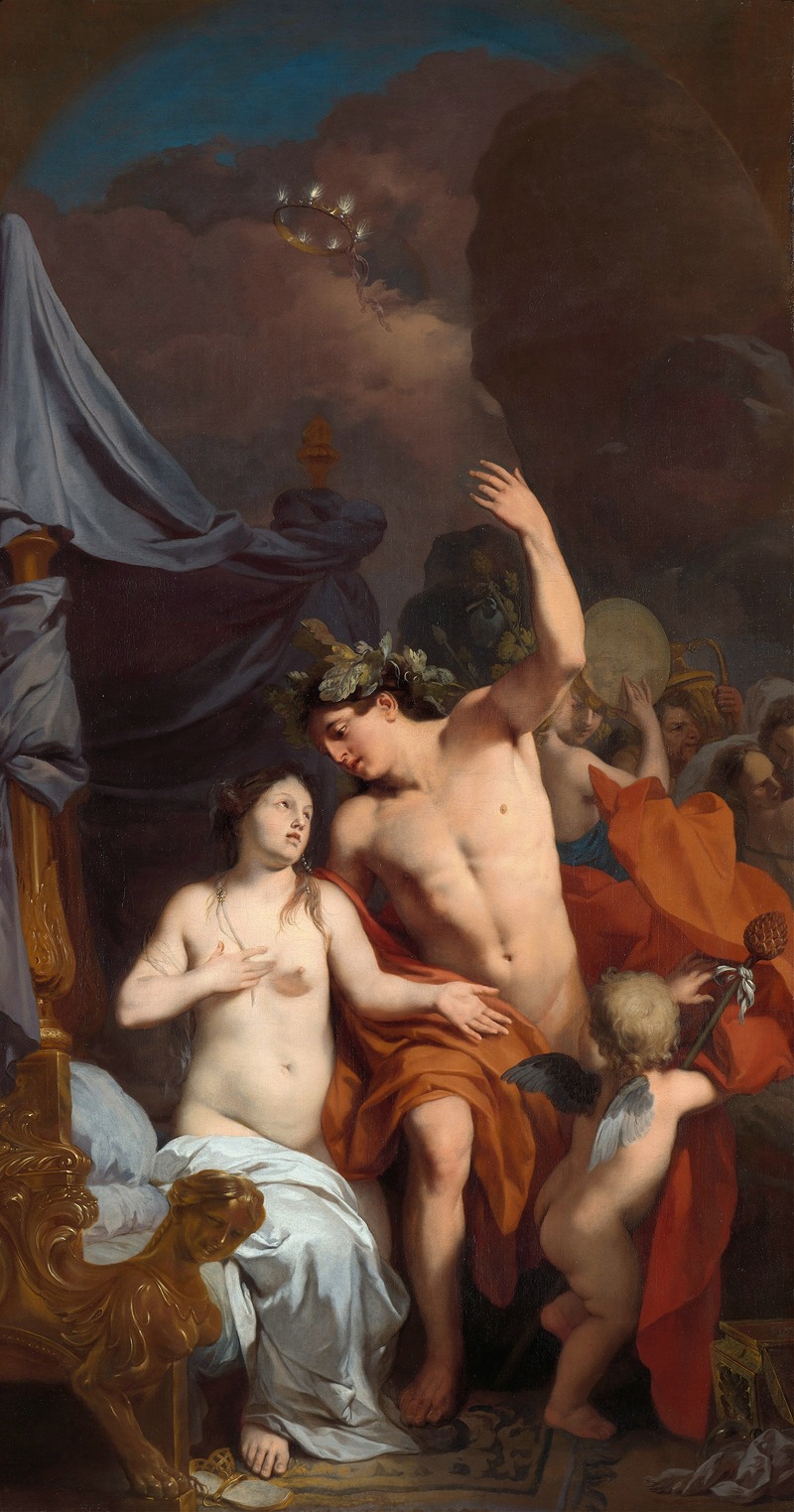
Bacchus and Ariadne
A hand-painted replica of Gerard de Lairesse’s masterpiece Bacchus and Ariadne, meticulously crafted by professional artists to capture the true essence of the original. Each piece is created with museum-quality canvas and rare mineral pigments, carefully painted by experienced artists with delicate brushstrokes and rich, layered colors to perfectly recreate the texture of the original artwork. Unlike machine-printed reproductions, this hand-painted version brings the painting to life, infused with the artist’s emotions and skill in every stroke. Whether for personal collection or home decoration, it instantly elevates the artistic atmosphere of any space.
Gerard de Lairesse, a prominent Dutch Golden Age painter, created "Bacchus and Ariadne," a work that exemplifies his mastery of classical themes and Baroque aesthetics. De Lairesse, born in Liège in 1641 and active primarily in Amsterdam, was known for his allegorical and mythological subjects, often inspired by Greco-Roman mythology and Renaissance ideals. His works reflect the influence of artists such as Nicolas Poussin and Peter Paul Rubens, as well as his own interest in classical antiquity.
"Bacchus and Ariadne" depicts a scene from Greek mythology, specifically the moment when Bacchus (the Roman god of wine, known as Dionysus in Greek mythology) discovers Ariadne, the daughter of King Minos of Crete, abandoned on the island of Naxos. According to myth, Ariadne had been left behind by Theseus after helping him escape the labyrinth and slay the Minotaur. Bacchus, captivated by her beauty, falls in love with her and later makes her his immortal wife. This story was a popular subject in European art, celebrated for its themes of love, abandonment, and divine intervention.
De Lairesse’s interpretation of the myth is characterized by his refined, theatrical style. The composition likely features Bacchus and Ariadne as central figures, surrounded by a dramatic landscape or classical setting. De Lairesse was known for his use of soft, harmonious colors and elegant poses, which would have been employed to convey the emotional intensity and romantic nature of the scene. His attention to detail and ability to depict human anatomy with precision were hallmarks of his work, aligning with the ideals of the Dutch Classicist movement.
While the exact date of the painting's creation is not documented, it would have been produced during De Lairesse’s active period in Amsterdam, where he worked from the 1660s until his blindness in the early 1690s. His career was marked by a transition from smaller cabinet paintings to large-scale decorative works, including ceiling and wall paintings for wealthy patrons. "Bacchus and Ariadne" may have been intended for a private collector or as part of a larger decorative scheme.
Today, Gerard de Lairesse’s contributions to art are appreciated for their intellectual depth and technical skill. However, specific details about the current location or provenance of "Bacchus and Ariadne" are not readily available. The painting remains an example of De Lairesse’s ability to merge mythological storytelling with the artistic ideals of his time, showcasing his role as a key figure in the Dutch Golden Age.





